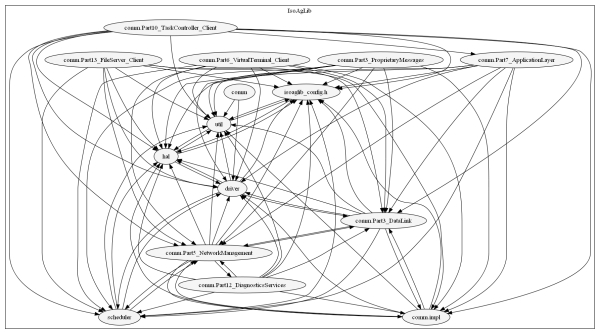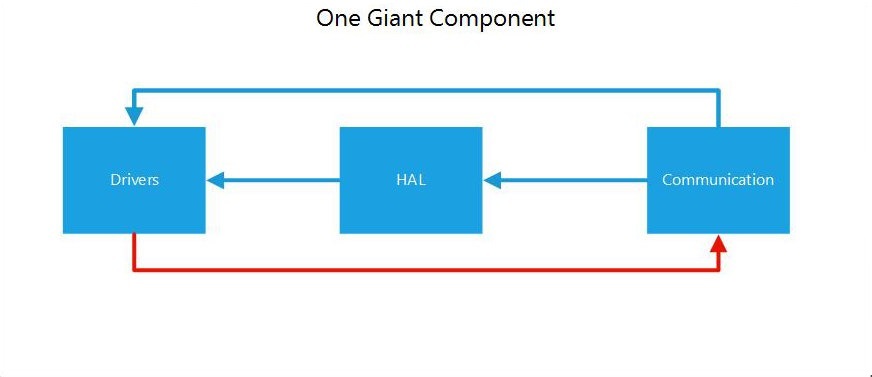Cyclicality and Bugs

Metrics have an obvious charm. If we could measure the quality of a system then we could track it and act as soon as it starts to degrade. But can we even hope to come up with a metric that works across something as complex as the software that runs the Mars Rover or something as simple as the software that plays the game of Tic-Tac-Toe?
Remember that the metrics we seek are not likely to be individual metrics such as file size, or the number of paths within a method, or even the count of bugs filed against each component. Useful as these individual metrics may be, what we want is something that is a predictor of the overall system quality. A metric that, if monitored, will help us manage the overall quality as the system evolves.
Indeed there are a number of system metrics to consider. They are graph theoretic. They come under names such as: Cohesion, Coupling, Cyclicality, Normalized Cumulative Dependency, Propagation Cost, Stability etc. But, how do we know if they are a good predictor of system quality? Research is beginning to catch up. New research shows a clear correlation between the cyclicality of your code and how buggy it is.
Cyclicality Matters
Interestingly, the evidence comes not from a computer science guru but from astute observers whose work is rooted in business and management. It’s a trio of business school professors collaborating across the Atlantic Ocean: Manual Sosa, Tyson Browning and Mihm Jurgen. They are skilled at statistics and experts at teasing apart and verifying correlations.
And their conclusion is: Cyclicality of your code has a bearing on how buggy it is.
This conclusion may not be a surprise to many software engineers; and yet, it is a big deal because now we have large scale empirical evidence that demonstrates it. The researchers examined more than a hundred releases for various open source projects. They conclude that cyclicality of code and the presence of bugs in it are correlated. Their research goes deeper into the nature of cyclicality as well. The size of the cycle, the centrality of the component in the cycle, and the lack of encapsulation of the cycle all have an impact on the quality. They also present interesting results about “hubs” which are generally good until there are “overdone”.
You can peruse a highly readable article that summarizes the results of the research. You can also delve deeper into articles [7] and [9] at this link for the original work.
And then there is the question of “why”. Why do the bugs in code increase if cyclicality increases? The answer is not, nor is it likely to be a mathematical theorem. Instead, the answer lies in how our brains function and how we think. I believe that cycles, particularly large cycles, make it harder for us to think about abstractions in a coherent way. This is also why architecture is so valuable. The systems we design and maintain are less prone to errors when we can think about them in ways that make them understandable and maintainable. If you would like to analyze your architecture, check out Lattix Architect.


